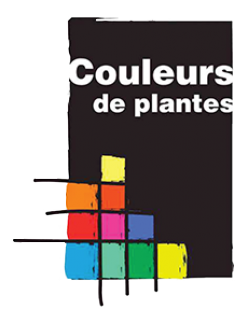Indicative color
blue
Product available in catalog


Plant pigment (ref P10) , pigmented oil (ref PH10)
Scientific name: Indigofera tinctoria L.
French name: Indigotier d’Inde
English name: common Indigo, Indian
Botanical origin: Tropical Asia
Crop production: India, Indonesia, Africa, Central America
Part of plant used: Fresh leaves
Nomenclature
N° CAS: [84775-63-3]
N° EINECS: 283-892-6
INCI name: Indigofera tinctoria extract
CI: 75780 Natural Blue 1 (Indigotine)
Documents available
- Analysis report
- Technical specifications
- Material Safety Data Sheet
- Raw material information data sheet
Historical importance
The name comes from the Latin indicum, the Indian “who produce Indigo.” The Sanskrit nila gave in Arabic an-nil and Spanish anil. It was also at the origin of the name aniline product made by processing of Indigo. Other species of Indigo are used such as Indigofera suffruticosa Mill., I arrecta Hochst ex. A Rich or I. coerulea Roxb. Botanical identification is sometimes controversial and has evolved over time.
Indigo suffruticosa was the main source of Indigo for precolombian civilizations of Mexico and Perou. It was introduced in South-East Asia.
Indigofera tinctoria is probably native from India and it is still cultivated although the surfaces have been considerably reduced since the 19th century and the advent of synthetic indigo (1882).
Phytochemistry
The dyeing principle is insoluble: indigotine is composed of two molecules of indoxyl in the presence of oxygen. Indoxyl is itself obtained by enzymatic hydrolysis of a precursor: the indican.
The oxidation of indoxyl can also produce indirubin.
The leaves also contain a flavonol: kaempferol.
Crop production – Manufacturing
Areas of current production are India and Central America. Its manufacture is based on fermented fresh leaves.
We do have producer partners in South and North India.
We produce the Indigo pigmented oil in France.

 Online shop
Online shop Private space
Private space Recherche
Recherche Request
Request